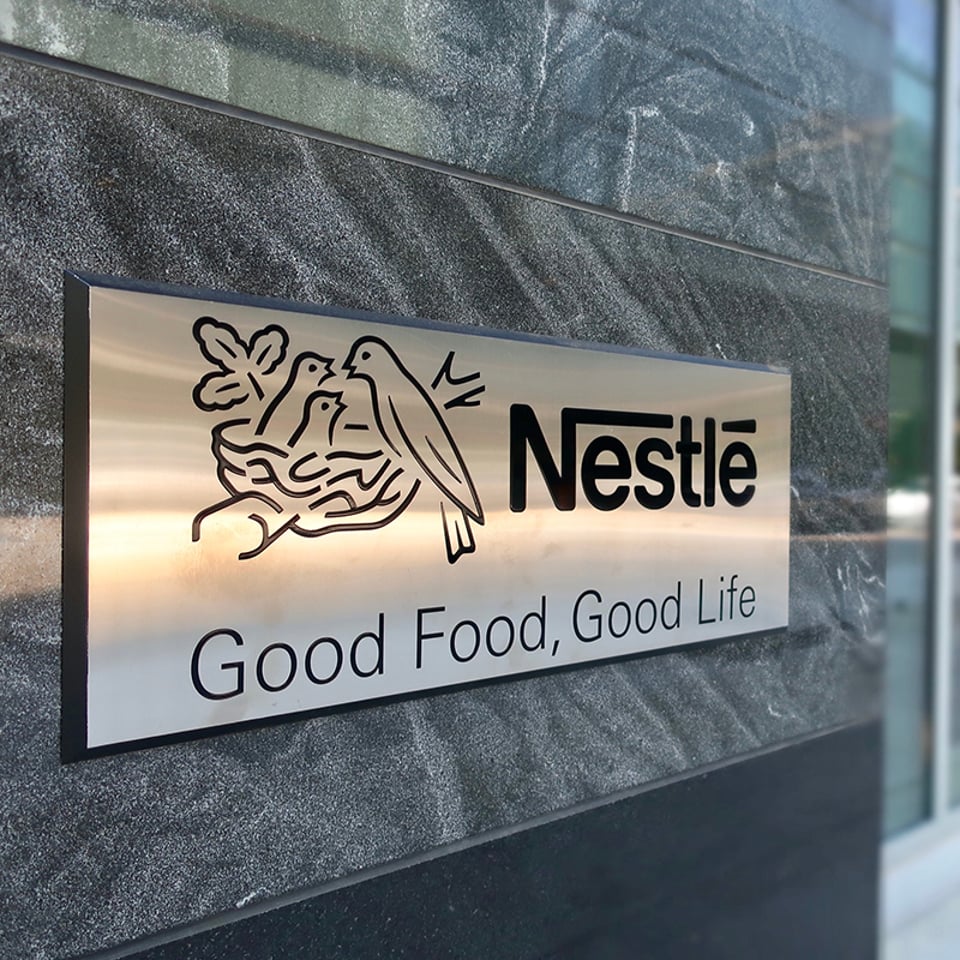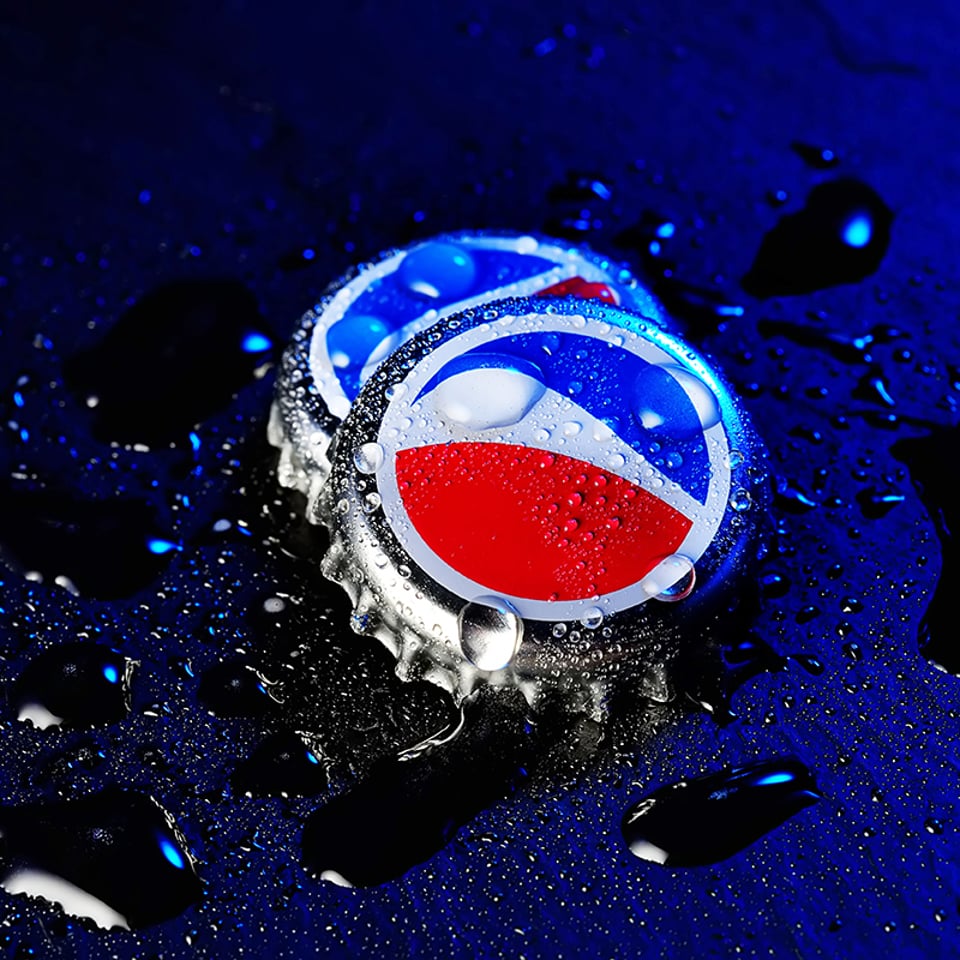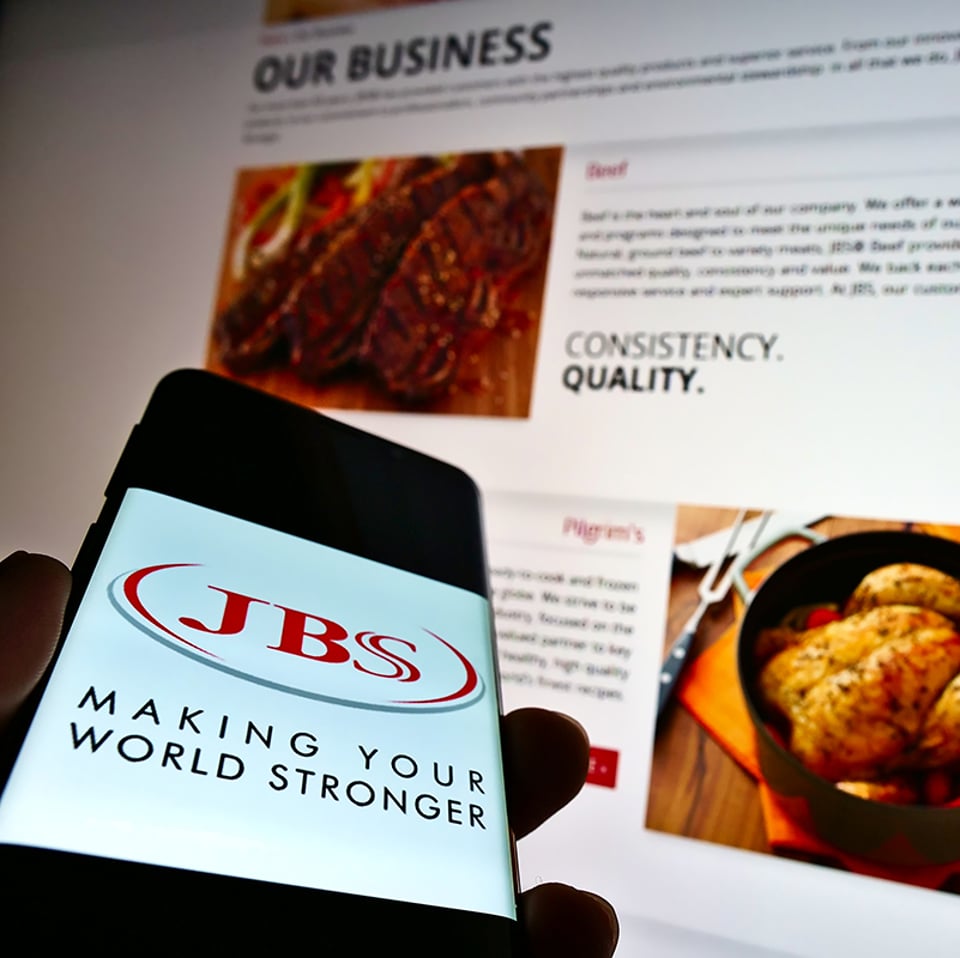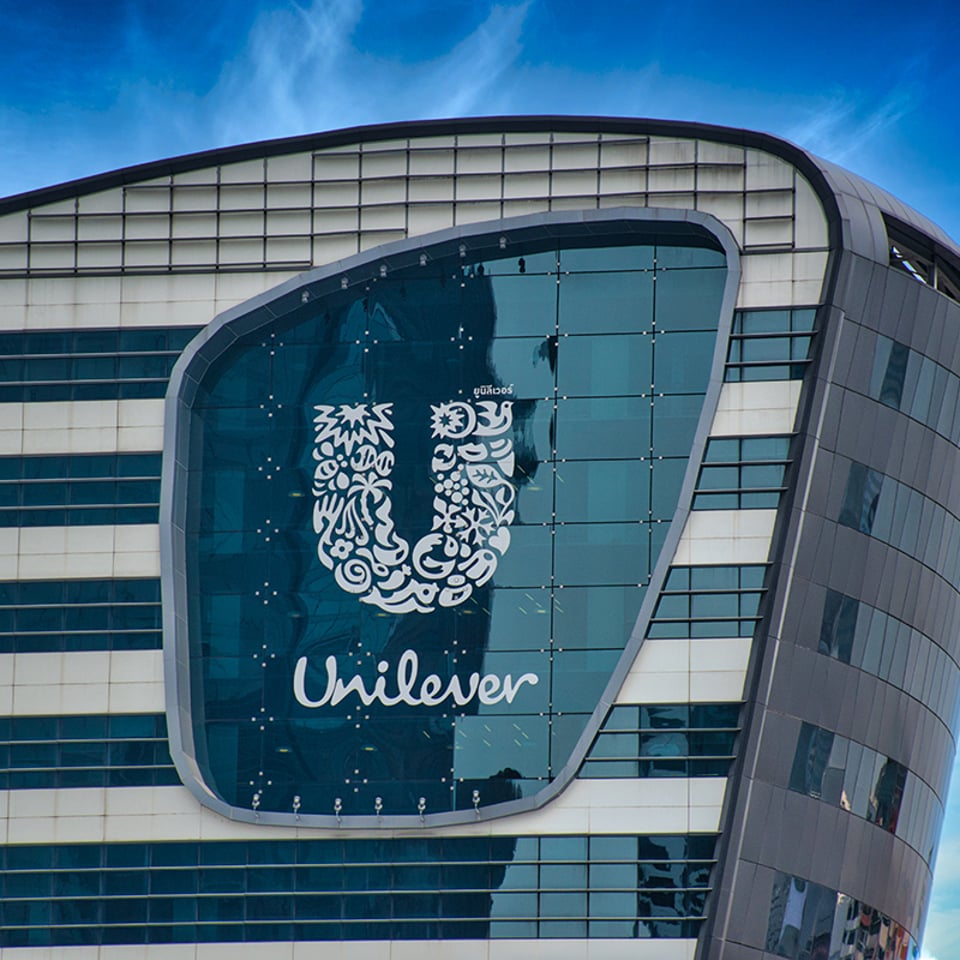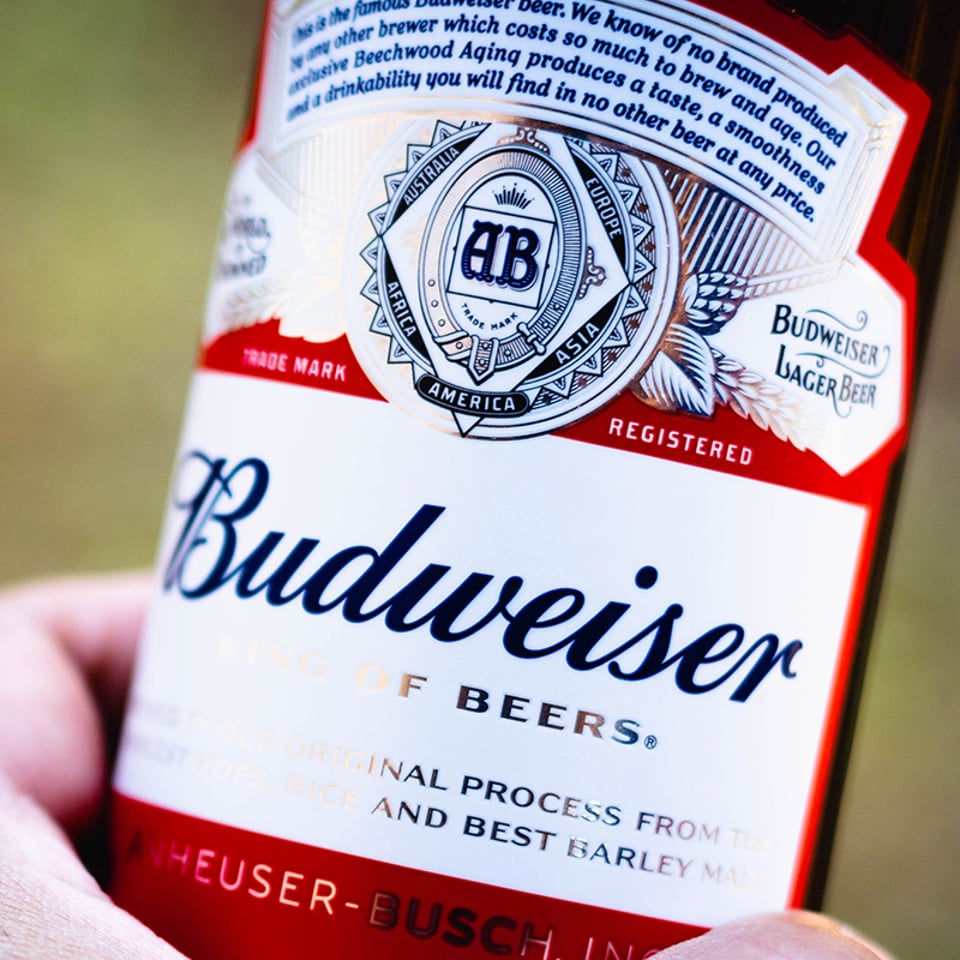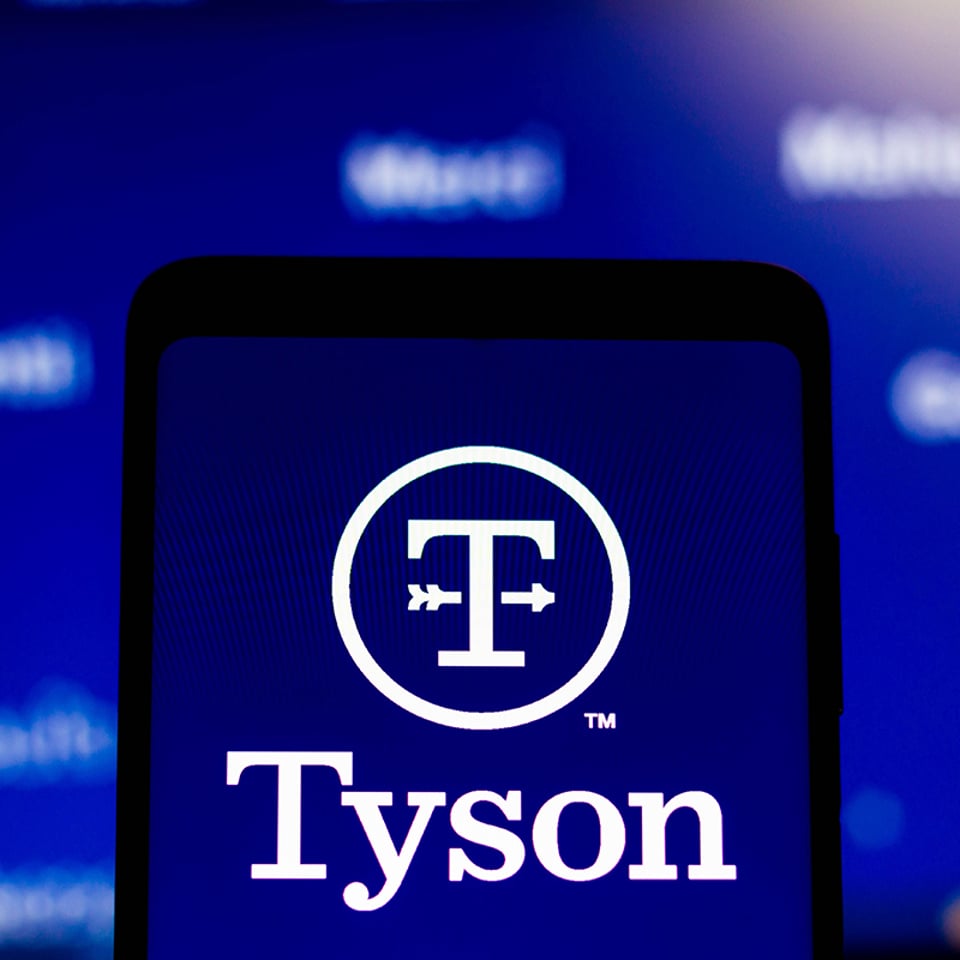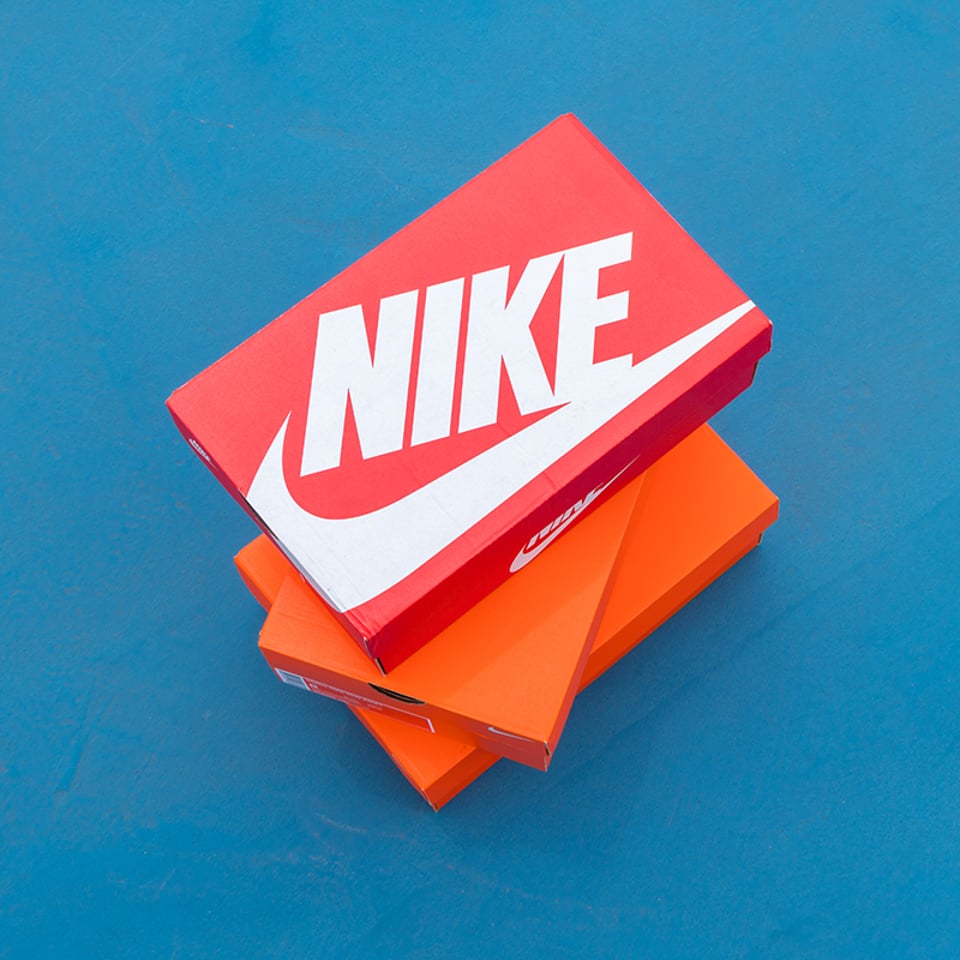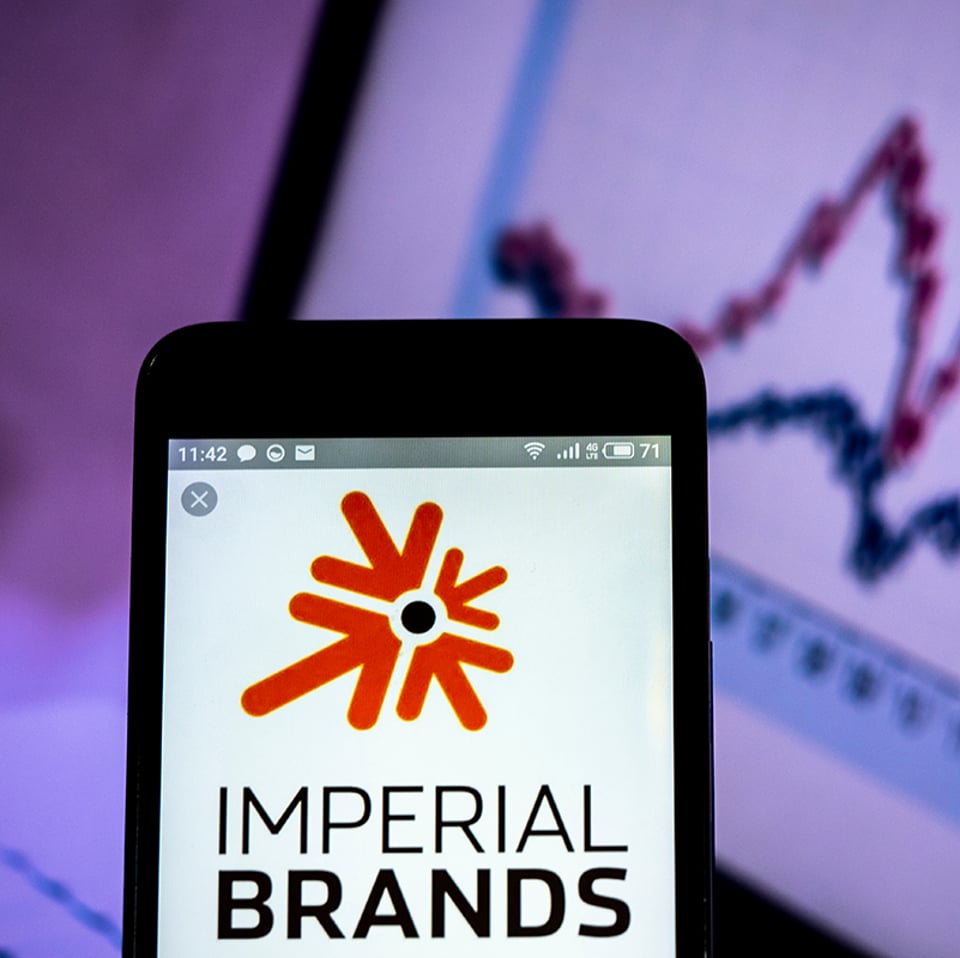Growing Strong, But Growing Wariness Within the Consumer Goods Industry
It was (yet again) a year of common, often unifying themes for the 2022 Top 100 Consumer Goods Companies. Incorporating information from the financial results of publicly owned consumer goods companies, CGT’s annual Top 100 Consumer Goods Companies feature ranks the firms based on their 2021 fiscal year revenue. In reading through many of the companies’ annual reports, the same priorities and obstacles are referenced again and again by leaders: pride for serving their retail customers and consumers, determination to continue growing, dedication to their employees — and wariness about the myriad disruptions on the horizon.
While the top companies had a year of pandemic navigation under their belts, it nonetheless proved to be a tricky dance as they managed increased consumer demand, labor shortages, input inflation, and supply chain woes. Even as they adjusted and learned through their experiences, the sense that there were more challenging roads ahead of them was evident for many top CPGs.
It was, to be sure, a year of great growth for most consumer packaged goods companies. After dealing with massive sales declines in 2020 as a result of the pandemic-related retail closures, this year’s list of companies had just eight companies reporting a decrease in sales, none of which concentrated within a specific category. A number of categories, including Health & Beauty Aids, Housewares & Appliances, and Toys & Games, didn't have a single company reporting a decrease in sales.
For the purposes of classification for the above visualization, consumer goods companies were slotted into the category in which they sell the majority of their goods, aligning with how CGT has historically classified the list. When it wasn’t readily apparent which single category the company should ideally be placed in, editorial judgment was used. More on the methodology can be found below, at the bottom of the page, and there is also the option to download a PDF of the ranking.
There was quite a bit of shuffling among the ranks for this year’s list. We break down the Top 10 companies below, and it’s worth noting that of the top 10 consumer goods companies, nine shifted positions vs. last year.
1. Nestle SA
Net Revenue: $95.701 billion
YoY Change: 5.96%
Last Year’s Rank: 1
Once again coming in at Number 1, Nestle SA attributed its 2021 growth to market share gains, quick innovation, and increased digitalization. The company shaped its portfolio through a series of M&A activity, including picking up the core brands of The Bountiful Company and offloading its water brands in North America. Coffee was a particular standout, with its three main brands — Nescafe, Nespresso, and Starbucks — riding strong momentum (and making it no surprise that it acquired yet another coffee brand from Starbucks this year.) Pet food and care was once again a strong performer, recording double-digit growth, while prepared dishes and cooking aids tallied high single-digit growth. While consumers headed back into stores in 2021, e-commerce remained strong for Nestle SA, with the channel growing by 15.1% to reach 14.3% of total group sales.
2. PepsiCo
Net Revenue: $79.474 billion
YoY Change: 12.93%
Last Year’s Rank: 3
PepsiCo flip-flopped with P&G this year, owing its strong performance to growth in five of its seven segments. Introduced in 2021, the company has placed pep+ (PepsiCo Positive) at the heart of its strategy, PepsiCo’s strategic, end-to-end transformation that seeks to place sustainability and human capital at the center of creating growth and value — acknowledging consumers’ increased interest in the planet and society. One example of this was the company’s decision to market a compostable bag made with plant-based materials for its Off The Eaten Path Frito-Lay brand, and work with other companies to license the technology at no cost. The food and beverage giant also made some bold partnerships during the period, including partnering with Beyond Meat for plant-based protein products and The Boston Beer Company for alcohol beverages.
3. Procter & Gamble
Net Revenue: $76.118 billion
YoY Change: 7.2%
Last Year’s Rank: 2
While Procter & Gamble may have swapped places with PepsiCo in the Top 100 ranking, it was certainly a close call. The company recorded growth in all five of its core segments of CPG brands: beauty; grooming; health care; fabric and home care; and baby, feminine and family care. E-commerce sales alone grew 35% for the year to represent 14% of P&G’s total sales. As with most, if not all consumer goods companies, the company reported keeping a wary eye on such disruptions as geopolitical disturbances, inflation, and supply chain challenges. As with a number of consumer goods companies, P&G began exploring how the metaverse and other virtual experiences could deliver value in forging consumer connections.
4. JBS S.A.*
Net Revenue: $65.454 billion
YoY Change: 29.8%
Last Year’s Rank: 6
The food company recorded another strong year as it expands its global footprint through acquisitions and investments. With acquisitions, it picked up seven companies during the year: Vivera, Huon, Rivalea, Kerry Meats and Meals, King's, Sunnyvale Smoked Meats, and BioTech. Among JBS’s tech achievements for the year, meanwhile, included launching its Transparent Livestock Platform,a blockchain-enabled technology designed to increase cattle traceability and monitor the company’s entire supply chain by 2025. At the close of the fiscal year, JBS counted more than 250,000 employees; it has over 150,000 employees in Brazil alone, the company’s home country.
5. Unilever N.V.
Net Revenue: $62.047 billion
YoY Change: 7.08%
Last Year’s Rank: 4
Though Unilever may have slipped a spot as a result of JBS’ massive growth, the company’s e-commerce business grew 44%, with growth recorded in pure-play, omnichannel, and business-to-business sub-channels. This e-commerce business represented 13% of Unilever’s total sales, up from 2% five years prior. According to Unilever’s annual report, its top-performing brands were those with the most clearly defined and articulated commitment to purpose as a driver of brand growth. (It was not all sunshine and roses, of course; the report also notes that some brands, such as Dollar Shave Club, didn’t deliver as expected. In the case of DSC, Unilever pointed to changes in the economics of the direct-to-consumer model.
6. Anheuser-Busch InBev
Net Revenue: $54.304 billion
YoY Change: 15.83%
Last Year’s Rank: 8
The company's growth strategy hinged upon five pillars: making the beer category more accessible by focusing on pack and product innovation; maintaining superiority in its mainstream portfolio; investing in non-alcoholic occasion opportunities; leading in premiumization; and developing its Beyond Beer business. Digitizing its ecosystem was a core component of AB InBev’s strategy, and the company’s proprietary business-to-business BEES platform really caught legs in fiscal 2021, reaching 2.5 million users and recording more than 78 million orders placed — up six times vs. 2020. More than half of the company’s revenue was generated through digital platforms, and its omnichannel direct-to-consumer (DTC) ecosystem of e-commerce platforms and 12,000-plus brick-and-mortar retail stores generated almost $1.5 billion in revenue.
7. Tyson Foods
Net Revenue: $47,049
YoY Change: 8.95%
Last Year’s Rank: 9
The food giant pointed to both a diverse portfolio and strong consumer demand as key factors in its 2021 growth. This proved to be a double-edged sword at times as Tyson Foods, like many consumer goods companies, saw consumer demand outpace its ability to supply products at times, challenged by a combination of input inflation, increasing transportation costs, and labor constraints. The company announced it would accelerate investments in automation and advanced technologies to make existing jobs safer and easier — while reducing costs — with a new productivity program targeted to deliver $1 billion in recurring productivity savings by the end of fiscal 2024. As part of this, Tyson Foods said it would leverage artificial intelligence and predictive analytics, as well as other digital solutions, to fuel greater efficiencies in the supply chain, operations, planning, logistics, and warehousing.
8. LVMH Moët Hennessy Louis Vuitton*
Net Revenue: $45.630 billion
YoY Change: 44%
Last Year’s Rank: 5
Though the luxury company slipped down a few places in the ranking, LVMH hailed 2021 as a record year, particularly for its major brands. The Louis Vuitton, Christian Dior, Fendi, Celine, and Loewe brands all achieved record levels of revenue and profitability, and the first year of integrating Tiffany into the company similarly produced a record performance, according to the company. Its perfumes and cosmetics segment confronted such hurdles as limited recovery in international travel and the closure of many points of sale over a period of several months, it noted, and so its major brands maintained selective distribution by limiting promotions and growing online sales on their own websites.
9. Nike, Inc.
Net Revenue: $44.538 billion
YoY Change: 19.08%
Last Year’s Rank: 10
Frequently cited as a master of consumer loyalty, Nike crept up one spot in the ranking, recording more than 19% in growth for the year. The recipe for success stemmed from strong relationships with consumers, digital prowess, and improved operational execution, according to its leaders. When it came to digital experimentation, Nike tried its hand at a number of techniques, including product drops via live streaming, partnering with EA Sports for a consumer running challenge during the Super Bowl, and developing a digital scavenger hunt in Fortnite. A willing entrant to “pre-metaverse” experiences, the consumer products company also launched the Nikeland experience on Roblox, with millions of consumers from hundreds of countries visiting the experience. Central to Nike’s success is its robust ecosystem of mobile apps that marry digital and in-store retail experiences.
10. Imperial Brands PLC*
Net Revenue: $39.517 billion
YoY Change: 0.70%
Last Year’s Rank: 7
With sales essentially flat, Imperial Brands slipped a few rungs down the ladder while still managing to retain its spot within the top 10. It was a transformational year for the tobacco company, which refreshed its leadership team to bring on execs with more consumer goods experience. It also took steps to change its internal culture and way of working to better place the consumer at the center of its strategy. As part of this, the company said it’s committed to making a meaningful contribution to harm reduction by offering adult smokers “potentially reduced risk products.” The company also formed a new group consumer office and restructured its sales and marketing organization.
—
Rules and Guidelines
Inclusion: Since the annual revenue of most privately held consumer goods manufacturers is not available, the annual Top 100 list only includes publicly traded companies. Therefore, well-known manufacturers such as Mars Inc. and Ferrero Group are absent from the rankings. It should also be noted that only revenues from the sale of consumer goods are considered when ranking companies that also have extensive operations in other businesses (such as the pharmacy and medical device operations at Johnson & Johnson).
Rankings: Because fiscal 2022 has yet to close for many companies, CGT used fiscal 2021 revenue totals to determine placement on the Top 100 list. All financial information was sourced from the company’s own annual reports, press releases, and other publicly available information. Revenue for each company is reported in millions of U.S. dollars. If a company’s revenue was reported in a different currency, the amount was calculated using a predetermined neutral exchange rate (July 25, 2022), with an asterisk next to the company’s name to indicate as such. One-year gains are based on information from one of the aforementioned sources and methods.
M&As: In some cases, mergers, acquisitions, or spinoffs that took place in the second half of 2021 or later are not reflected in these sales totals. Deals that occurred in the first half of 2021 or earlier are reflected in the numbers.

